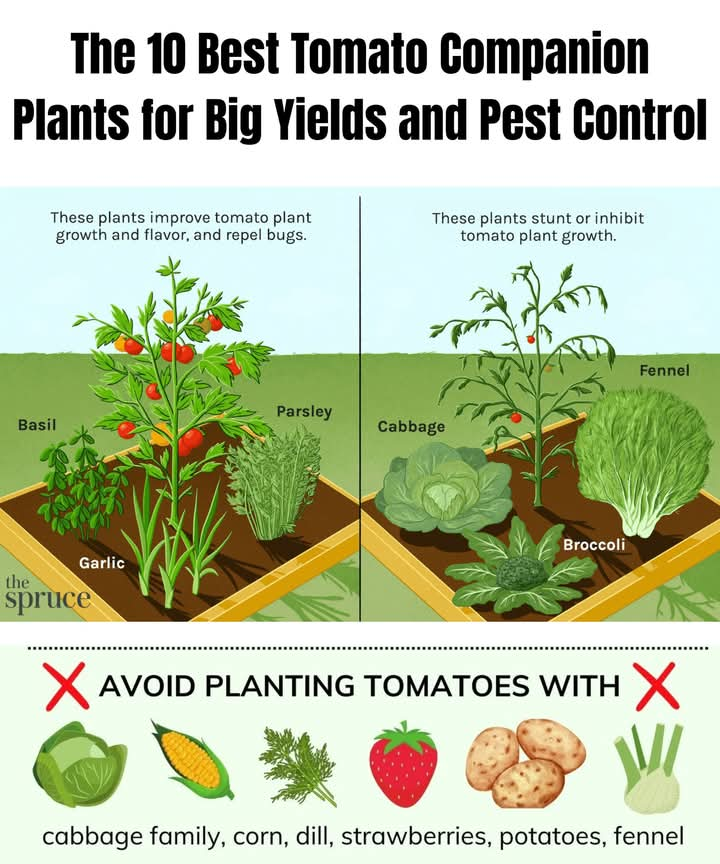Groundnut production/Farming
Groundnut production/Farming
Soil requirements on groundnut farming
Groundnut grows best on deep, loose, well-drained sandy soils without compaction layers. Such soils are easily penetrated by pegs and roots and permeated by water. The crop can also more easily be pulled up at harvest without leaving pods behind in the soil. Such soils are not prone to water-logging; groundnut cannot tolerate water-logging. Sandy, sandy loams or loamy sand soils are all suitable.
Land preparation for groundnut farming
Groundnut requires a deep seedbed without compaction layers or a hardpan. This means that groundnut is more suited to conventional tillage than to conservation agriculture.
As soon as the previous crop has been harvested, the stalks and other crop residues should be cut into small pieces and incorporated into the top 10 cm of soil, either using a hand hoe or a tractor or oxen pulled disc plough. This allows the crop residues time to decay and helps prevent root rot disease in the groundnut crop.
Deep ploughing breaks the hardpan, buries weed seeds deeper making them less likely to be a problem later, and leaves the soil easier for roots and pegs to penetrate and for the pods to be pulled from the ground at harvest.
Groundnut can be grown either on flat beds or ridges. Ridges are recommended if water-logging is a problem. Also, groundnut grown on ridges tends to have higher yields. This is probably because the soil is looser which enables better rooting and pod formation.
If box ridges are spaced at 75 cm apart, double rows of groundnut can be planted along them at a row spacing of 30 cm. This results in the soil being rapidly covered, which shades out weeds.
If water scarcity is likely to be an issue, tied ridges can be used for moisture conservation by reducing runoff and enhancing percolation.
If the soil is acidic, lime should be applied.
Ideally, a phosphorus (P) fertilizer such as SSP or TSP should be applied before planting.
Fertilizer schedule on groundnut farming
Groundnut responds well to fertilizers that contain useful nutrients such as P, N, K, Ca, Mg and others. Although affordability may be a problem for smallholder farmers, applying fertilizers is important to harvest optimum groundnut yields in a sustainable manner for market oriented groundnut production system.
In rotations in which groundnut follows heavily fertilized crops, such as maize, the groundnut can benefit from the residual nutrients remaining in the soil from the previous cropping season.
Usually the most important nutrient needed during the early stages of growth is phosphorus (P); most of the groundnut production regions in Africa are known to be deficient in P. One option is to apply 20 kg P per hectare during land preparation just before planting (e.g. during making ridges), for example:
Either 250 kg per hectare single superphosphate (SSP): 25 g SSP should be broadcasted for every one square metre during land preparation for planting. This is equivalent to about 7 beer or soda bottle-tops level full of SSP fertilizer.
Or 100 kg per hectare triple superphosphate (TSP): 8-9g TSP should be broadcasted for every one square metre during land preparation. This is equivalent to just about 1 beer or soda bottle-top heaped full of TSP fertilizer.
Or 100 kg per hectare diammonium phosphate (DAP): 10 g DAP should be broadcasted for every one square metre during land preparation. This is equivalent to 2 beer or soda bottle-tops level full of DAP fertilizer. Once the fertilizer is broadcasted, it has to be covered with soil, and then the groundnut seed can be planted.
In addition, if farmers have previously experienced a large number of empty shells – sometimes called ‘pops’ – gypsum should be applied to provide a readily available source of calcium (Ca): 400-1000 kg per hectare gypsum should be applied on top of the plants at peak flowering stage. This is equivalent to 40-100 g of gypsum applied to every square metre. The gypsum will fall to the soil at the base of the plants where it will make Ca available in the top 5 cm of soil, where the pods will be developing.
Under most conditions, groundnut fixes enough N from the air through symbiotic relations with rhizobium to avoid deficiency throughout its life cycle. However, N deficiency can occur due to poor and eroded soils, lack of or inefficient rhizobium in the soil, drought and high temperatures. Hence, N applied to the crop at the rate of 10 to 30 kg per hectare can be useful. The crop could obtain the required N if DAP is used as P source as DAP also supplies N: 100 kg DAP per hectare will supply 20 kg N per hectare.
Groundnut Spacing
In general, bunching types should be planted with 30-45 cm between rows and 7.5-10 cm between plants in a row; runner types should be planted with 60 cm between rows and 10-15 cm between plants in a row.
Weeding
Groundnut does not compete well with weeds and yields will be severely reduced if the crop is not adequately weeded.
Weed control is especially important when the plants are small, during the first 6 weeks, and as the pod is setting. Usually 2-3 weedings will be needed. Later, if the correct plant spacing has been observed, the crop will cover the ground effectively preventing weed growth.
Crop rotation helps control weeds. Also, good preparation of the field, with deep turning of the soil, will help ensure the seed bed is weed-free.
Some farmers use pre- and post-emergence herbicides although many smallholder farmers may find these to be too expensive.




